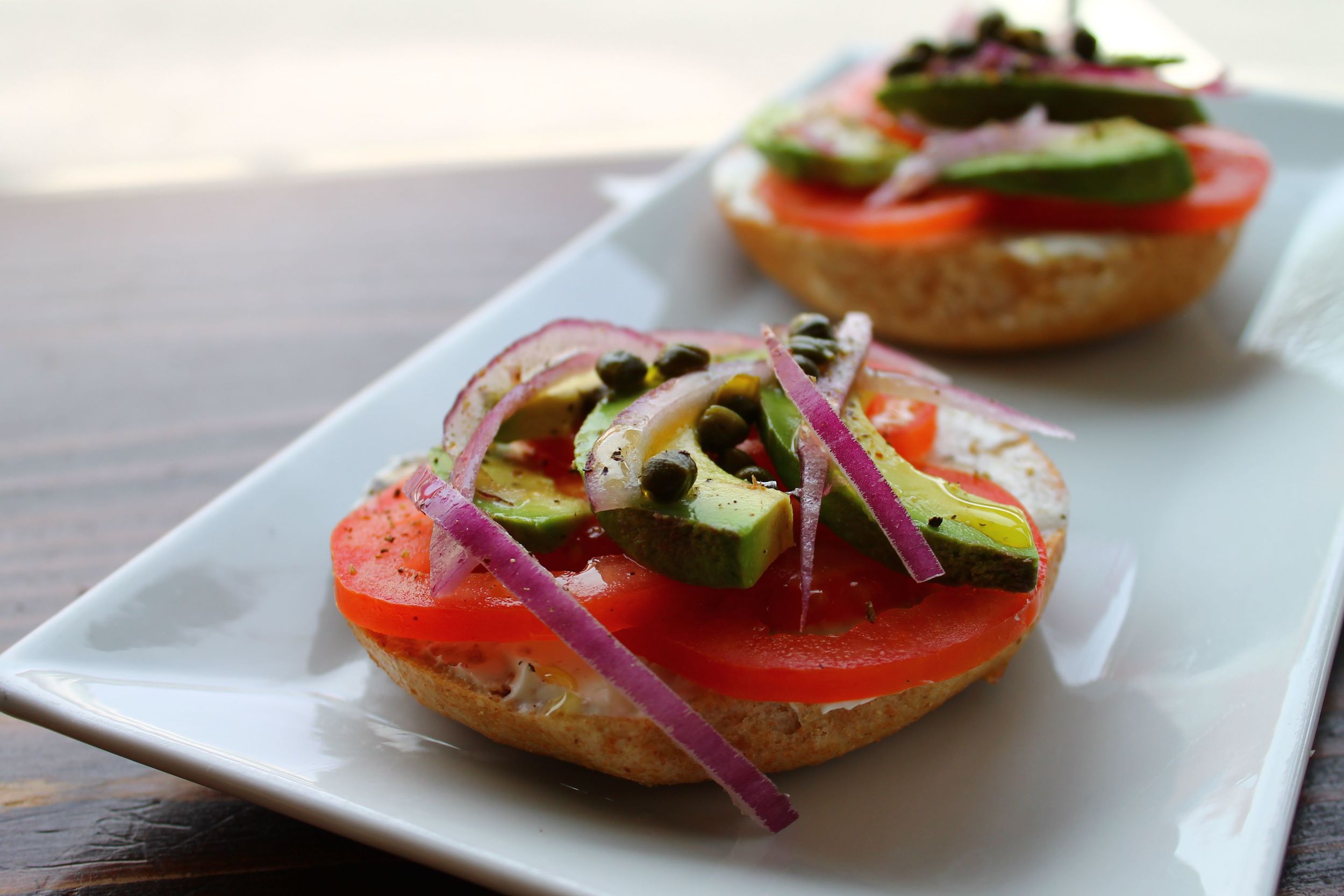Cafe Bolivar
Every college town has its local favorite spots where students gather off-campus, seeking to settle in for an afternoon and an affordable meal, places where one could ostensibly get work done and still enjoy some atmosphere. In Palo Alto the choice hangout was inarguably Coupa Café, a large but cozy Venezuelan place serving arepas and sweet, creamy coffee beverages (coffee being the lifeblood of the college student). We would gather around the fireplace in the back room, sinking into couches and digging in to crêpes or arepas or tortas, gossiping, refueling, maybe even writing an essay or two. I wouldn’t say the arepas or the crêpes were the best I’ve ever had. But we went there for the vibe. Coupa Café actually has a location in Beverly Hills, and I admit I have yet to visit, perhaps for unfair reasons. You see, Coupa Café now has a location on Stanford campus, which is very nice for them—but they took over the space of a beloved campus coffee stand called MoonBeam’s, a small business type of place where I made many fond memories, and for that I begrudge them. Most likely you do not care a whit that Coupa ousted my beloved MoonBeam’s, and I don’t blame you. Feel free to try Coupa Café in Beverly Hills. I promise I will give it a shot soon.
I, however, have a more than suitable substitute right here in Santa Monica, which I happen to think is a pretty crafty find, considering the rarity of arepas on the LA food landscape. Café Bolívar has all the trappings of a college town hangout—free wifi, rotating art installations, cute little wooden bookshelf in the back, strong coffee. It even has that one table that is clearly superior to the others, nestled in an enclave by the window and equipped with the only comfy looking chairs in the café, two giant stuffed orange monstrosities with wings. This table is always taken, I suspect by Santa Monica College students who stake it out early. The arepas are better here, I find, than Coupa’s offerings, though that may be a grudge-based opinion. They are petite, made to order, with white cornmeal. Arepas are kind of like pupusas, but fluffier—they’re puffed up cornmeal pancakes that are split in half and stuffed like little sandwiches. Always crunchy on the outside with a soft, warm polenta-like inside, Bolivar’s little pockets of corn stuffed with stews or cheeses are hearty and filling.
The minimum order is two arepas, and they range in price from $4-$6. Two arepas are perfect to fill me up for lunch. My favorite is probably the pulled pork shoulder cooked in Caribbean spices for 8 hours. I find Caribbean spices are more sort of earthy or warm than Mexican spice, which has more of a bite. Caribbean spices include those Christmas-y flavors—nutmeg, cinnamon, allspice and clove—so there’s more of a slow burn and less of a punch in the face.
I also love the simple black bean and fresh white cheese, and the very strange sounding but delicious tasting sliced mango with avocado, fresh white cheese, garlic confit and rosemary aioli.
Sidebar: Have you noticed that most other countries make cheese much better than we do? I have. Is it our penchant for sanitizing the shit out of our dairy that robs our cheese of flavor? Think about it—buffalla mozzarella from Italy is the gold standard by which all cheeses are measured, in my opinion, and we all know French camembert, pungent and assertive, kicks the ass of sad, mild American cheddar. I’m sorry, but I don’t want to eat “mild” anything. Israeli dairy is smooth and decadent—yogurt, widely considered a diet food in the US, is made there with full fat dairy, so a small container of rich, smooth unsweetened Israeli yogurt makes the perfect breakfast. I never understood what cottage cheese was supposed to taste like until I had it in Israel. Manchego from Spain is salty and earthy, and I love Mexican queso fresco and crema because it always tastes richer and stronger than other cheese. The fresh white cheese at Bolívar has a texture most similar to ricotta salata, and is sliced and piled liberally and stuffed into warm arepas with stewed black beans or mango.
All arepas here are served with a delicious green guasacaca sauce, a blend of cilantro, oil, vinegar and garlic. I always attempt to discard the ends of the arepa that don’t have any stuffing left on them, but invariably end up dredging them with guasacaca sauce and devouring them.

Bolivar also has the sweetened coffee beverages that seem to be a Venezuelan mainstay, my favorite being the Café Bolívar, a latte sweetened with condensed milk. They have a variety of smoothies and breakfast items, including a really nice veggie bagel, toasted and topped with cream cheese, tomato, avocado and red onion. The best part of their veggie bagel, that little touch that puts it over the edge, is the drizzle of fruity olive oil and sprinkling of sea salt and briny capers to finish.

I love a real neighborhood café that’s not fancy and not a hole in the wall either. Café Bolívar feels like a hidden gem, and it’s a welcome deviation from my usual lunch of a big salad or soup. Venezuelan cuisine is not a hot trend right now, and that’s what feels just right about Bolívar—it’s a discovery.